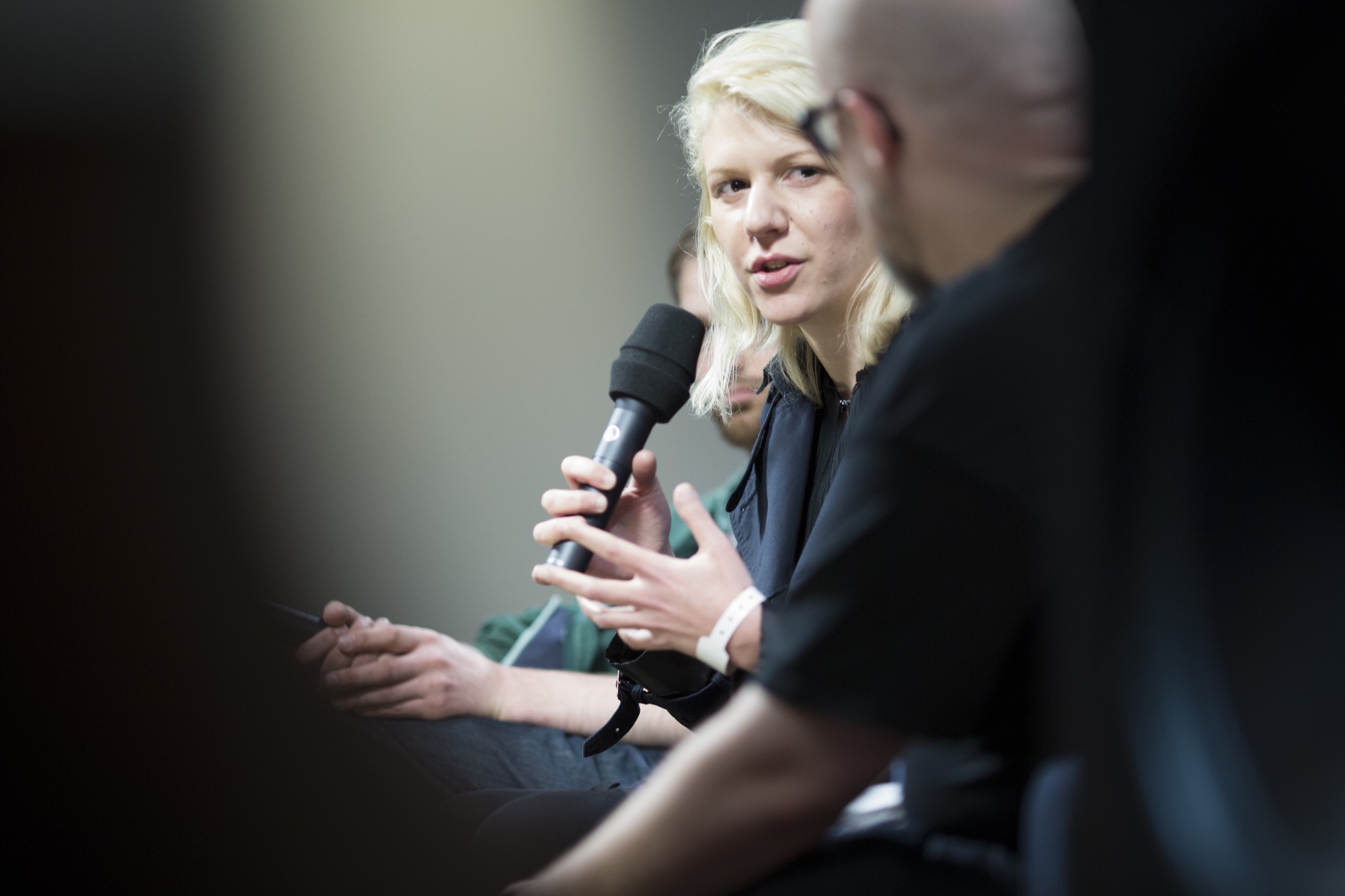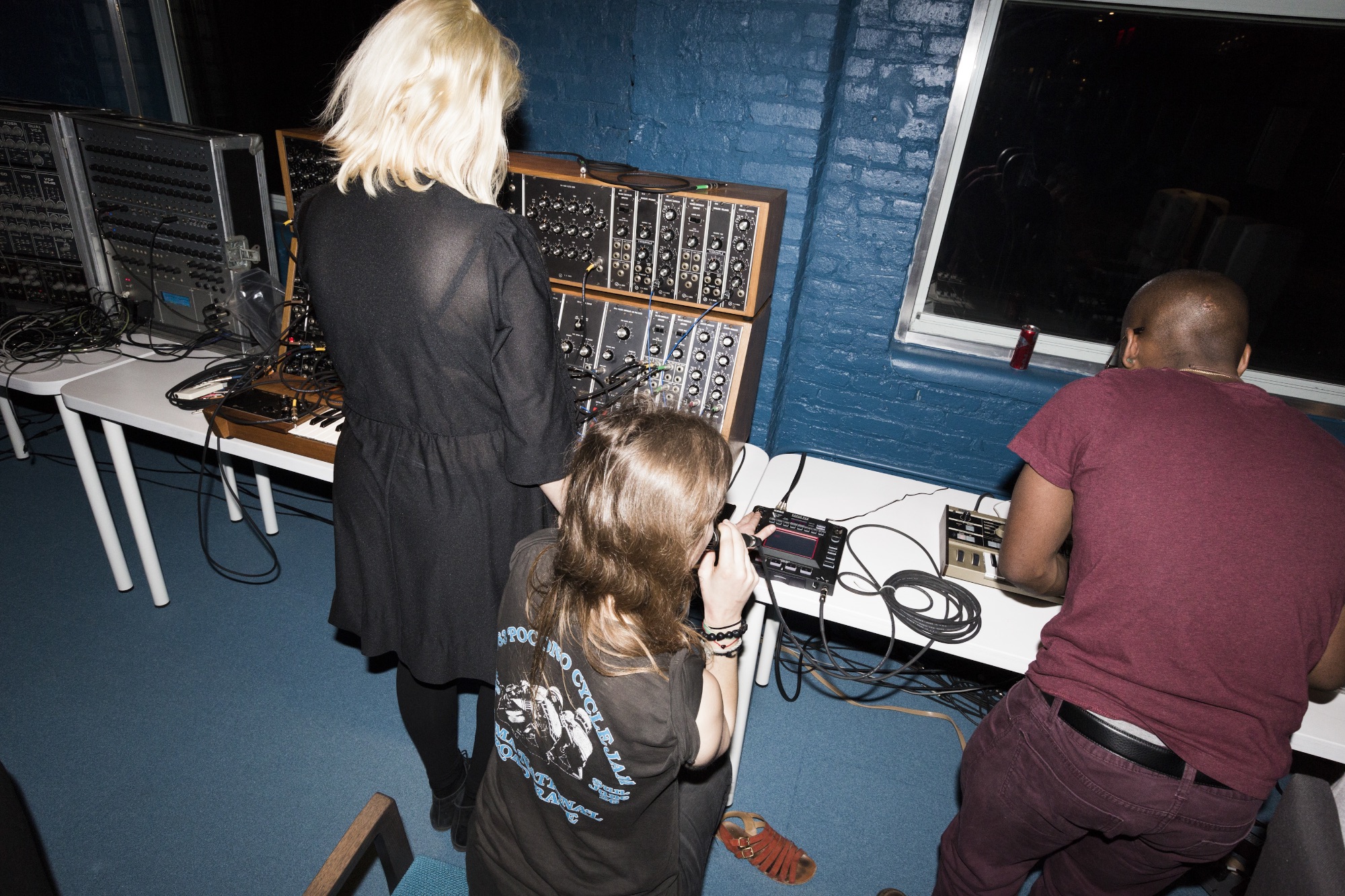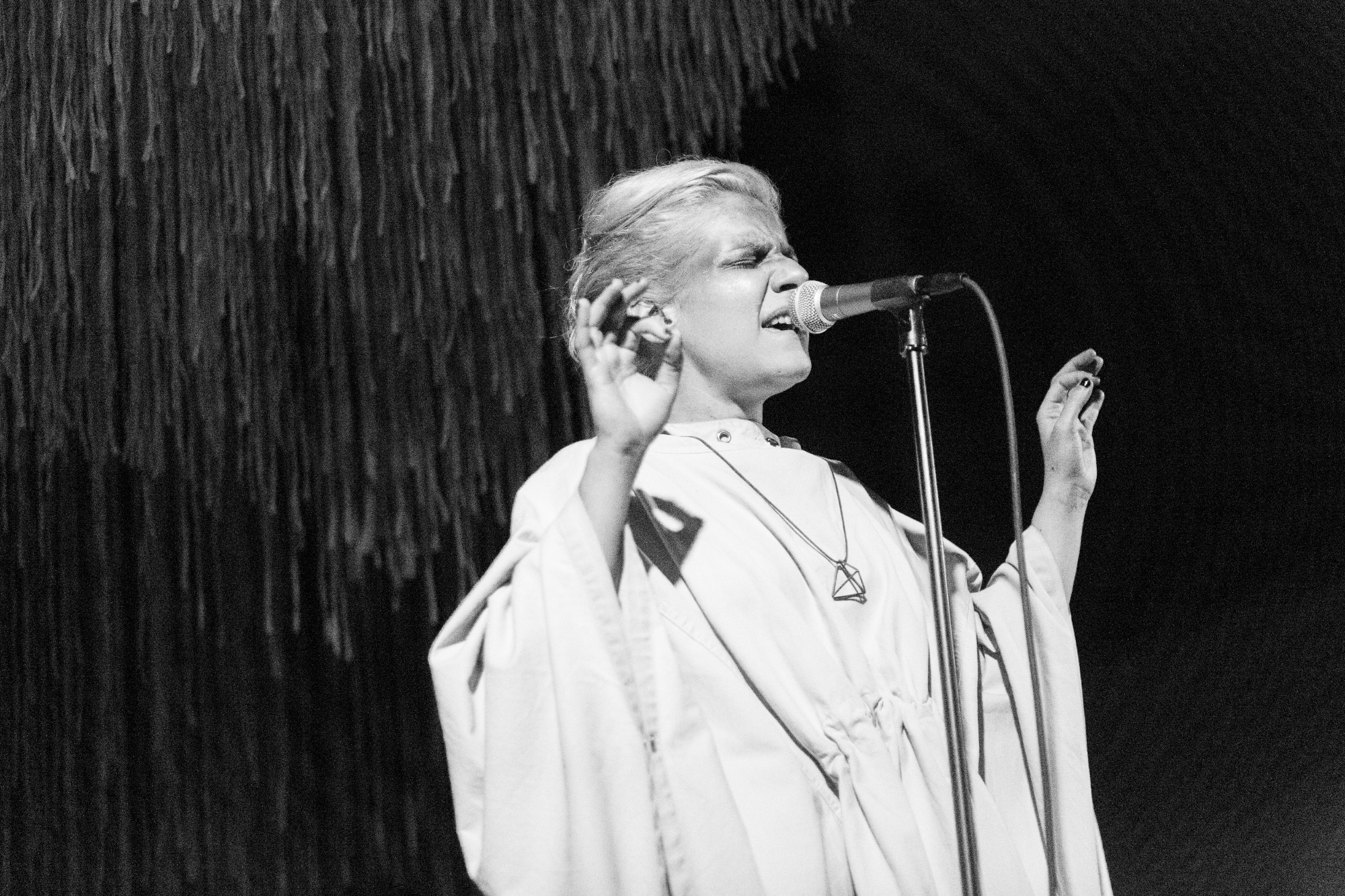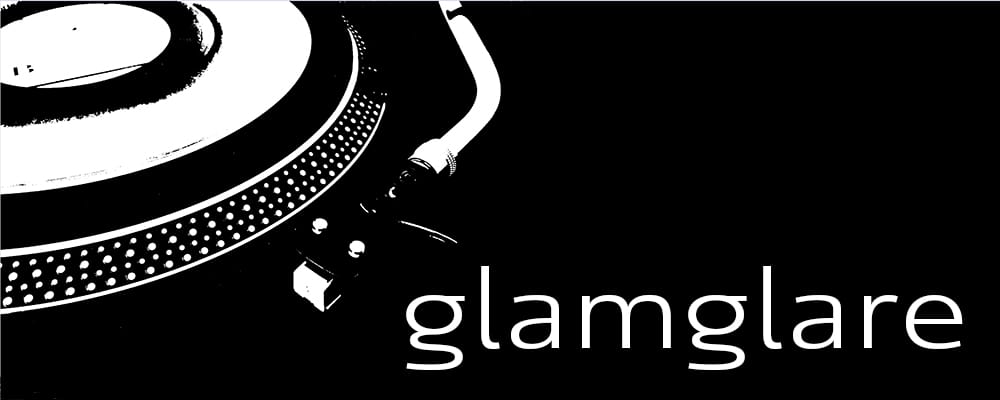Q&A with Yodashe

We featured the first song, “Take Time,” by London-based singer/producer Yodashe in August 2020, and I had an immediate fascination with her music. After releasing a few more one-off singles, she finally has an album almost ready. Alas, so far, she had put out only two singles, both intriguing takes on electronic pop music. Over the years, I had several email conversations with the Greece-born artist, and can confirm that she puts much thought into her sonic creations. At glamglare, we are very happy that Yodashe agreed to answer a few questions about her musical journey.
You are originally from Greece and moved to London to study at university. Please tell us how this came together.
Growing up in Greece I was always fascinated by the UK’s music scene and my dream was to move to the place where some of my biggest musical heroes lived and created. As Greece doesn’t have a developed music industry and public Universities offer training mostly in classical and jazz music, I opted to study Architecture for undergrad and then got a scholarship to do further studies in London. Architecture became the vehicle for my transition to the UK.

Yodashe at RBMA in New York City (Photo: Anthony Blasko)
You make artful electronic music, and you are also a gifted singer. What inspired you first to start songwriting: the vocal or the instrumental part? Or was it your plan to combine both from the start?
As a kid, I trained in classical piano so, my passion for music started through the interaction with the instrument and the soundworlds it builds. Music always comes first, as a separate powerful language. Words are then shaped on top of vocal melodic lines to help express emotion and imagery created by the music. This is also the way I listen to music; if I am not intrigued by the sound, I will not try to figure out what the lyrics are about.
Who are your musical role models?
They are too many to name ranging from John Cage and Iannis Xenakis to Laurie Anderson, SOPHIE, David Bowie and The Beatles.
Bjork comes at the top of this list. Medúlla was the first album of hers I listened to, and the one that inspired me to compose my first music in a very DIY manner, using field recordings and my voice inside a film editing software. She is a creative powerhouse!

Yodashe performing at RBMA in New York City (Photo: Dan Wilton)
In our email conversation, you told me, “Music making is a kinaesthetic experience,” and you record your songs mostly with hardware. Are your songs sparked by the sound and capabilities of a specific synthesizer, or do you select the instruments based on the idea for a song?
I mostly enjoy letting the synthesizers drive the song; I like to experiment, spend time exploring the parameters, then, once I find something interesting (a texture or rhythmic pattern) the song starts to emerge.
I trust the process; each synthesizer allows for different types of interaction so, if I truly focus on the capabilities of a particular instrument – and not try to replicate something I’ve achieved on another instrument –ideas that emerge will be original and this will be a rewarding and fun time in the studio.
The EDP Wasp plays an essential role in your upcoming debut album. Can you tell us a bit more about its specific appeal for you?
The Wasp forced me to think about music making in a different way due to its unique keypad which is not based on discrete notes that can produce chords – like a piano.
I could only play one note at a time on The Wasp keypad and decide whether the transition to the next note would be a glissando or not.
Without a traditional ‘chord progression’ approach I needed to build the complexity of the sound layer upon layer to define harmonies. And this process produced some fascinating and unexpected textures and effects!
I like to think we co-created the album, The Wasp and I.
You graduated with a Master of Music from Goldsmiths, London. Would you recommend an academic education for somebody who wants to start making music professionally?
Academic education – in any field – translates into a personal decision to commit to developing a skillset in a consistent manner, on an everyday basis – sometimes even when working a full-time job.
But there’s definitely not one way of doing this, each artist has their unique path.
What I truly value during my time at Goldsmiths is that I had the opportunity to be creatively challenged within a safe space, as part of a supportive community of peers from all over the world and tutors who had experience in the UK music industry, therefore, keeping us grounded.
You are experimenting with AI for the artwork. AI also has a profound impact on music. Do you see this as a threat or opportunity for human creativity?
I see AI as an opportunity for human creativity, I don’t believe that the richness of human experience and its complex articulation through art can be easily simulated.
AI as a potentially powerful tool that can enable artists in the creation and processing of large amounts of concepts, which can be iteratively refined.
So far, I have only used it for visuals, but I would be interested to experiment with AI for music composition, following the path of Grimes and Holly Herndon.

Yodashe performing (Photo: Dan Wilton)
What does a Yodashe live show look like?
I have no idea! I am building up my new live show based on the fact I don’t currently own an original EDP Wasp.It will be dark and immersive with a lot of interaction with the audience and the incorporation of background visuals.
Let’s come back to this question in a couple of months!
We certainly will! Thank you very much for your time and your honest insights. Lots of food for thought, and we’re very much looking forward to listening to your album.
